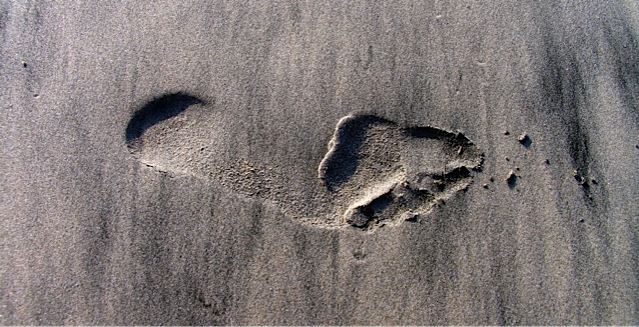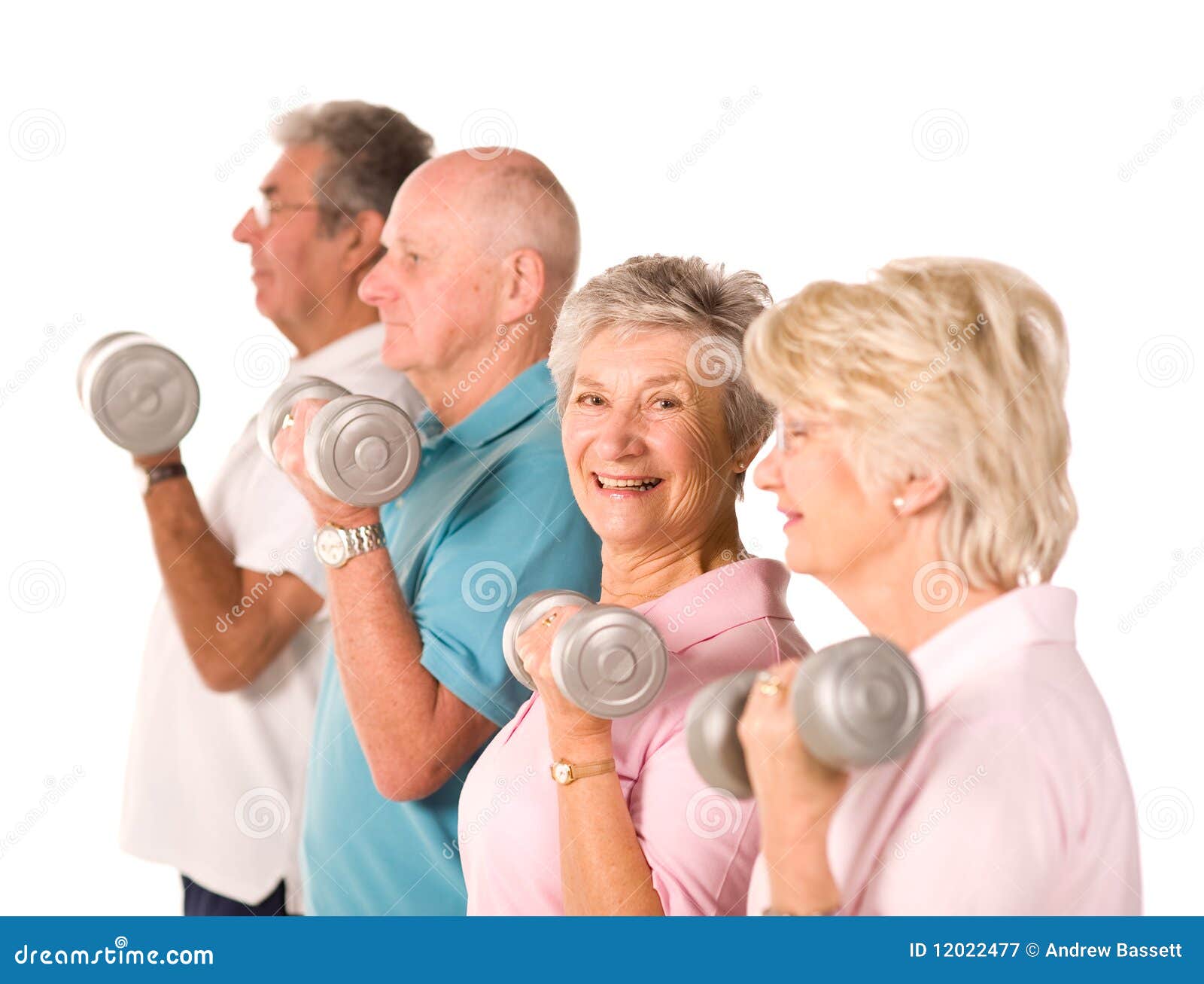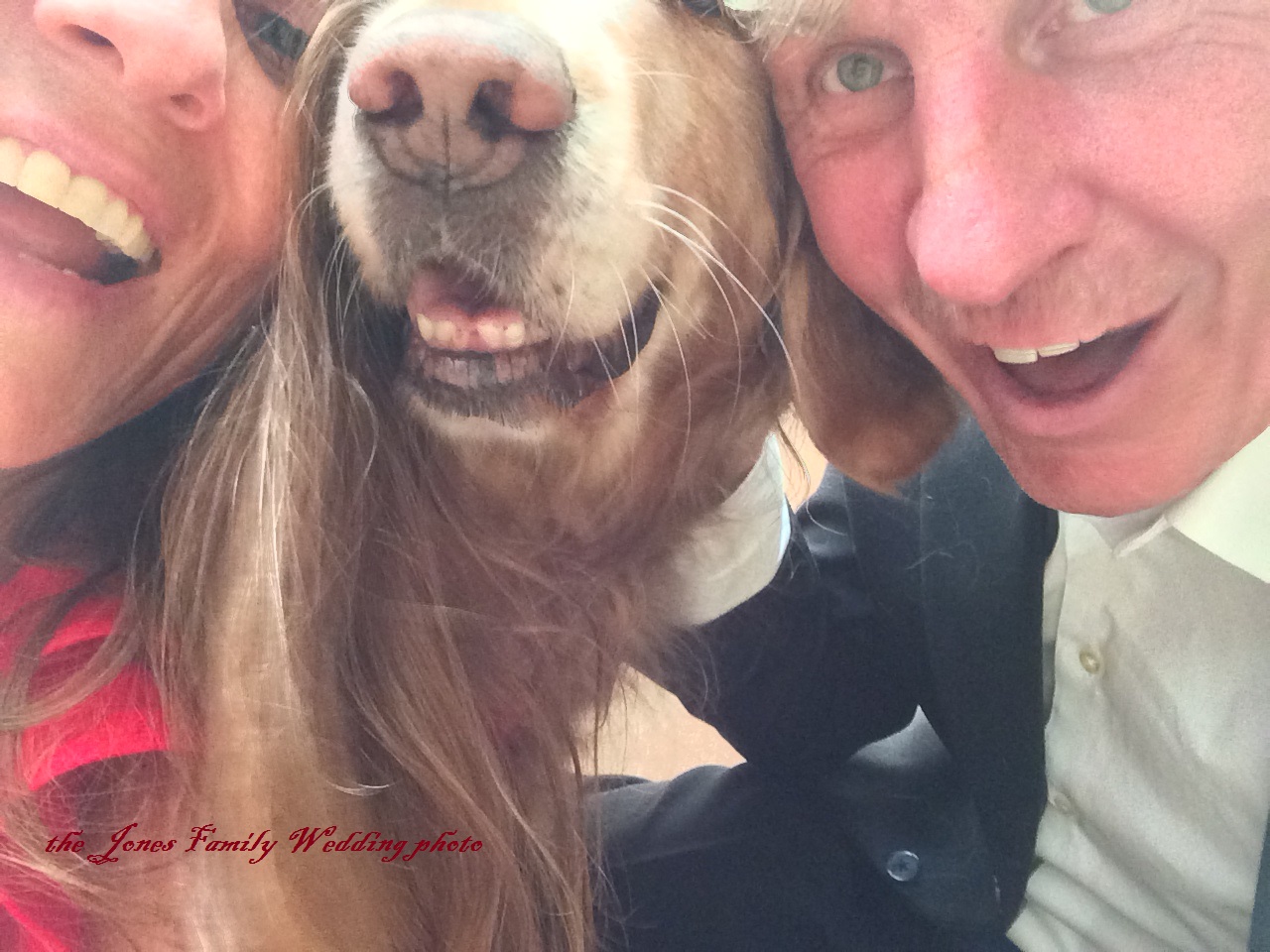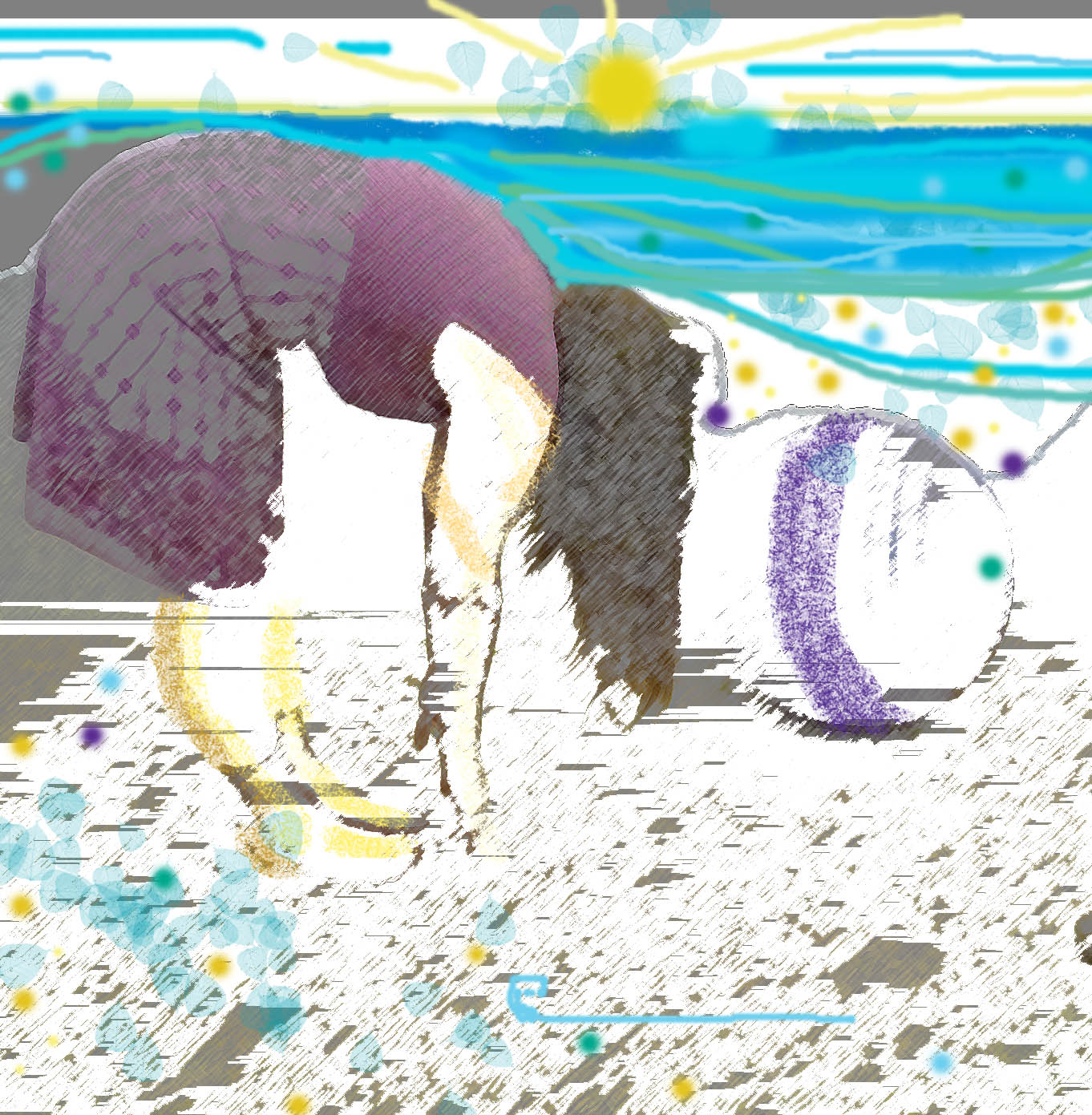Janet Still FNP
Lifestyle Modification Support http://stilljanet.com
Fnpstilljanet@gmail.com
Communication … Simple, Right?

If communication is as simple as speaking one’s mind, why all the fuss about misunderstandings? Someone else’s problem, some of you may answer; others of you are too busy to answer as you are in the midst of an issue in your life to address and are uncertain where to turn for answers….with no time to talk or, more importantly, listen to another perspective. And I do not want to leave out those of you that are well aware of how complex simply talking with another can be, unless one is paying close attention to the many verbal and nonverbal signals the speaker is giving. This has been a week rife with examples of how much more complex communication has become in our modern world of expanded communication opportunities via computer technology, and because of immensely advanced data, knowledge, and potential directions that the continuously advancing technologies offers us.

Reading this article may offer you a nudge as to how to redirect confrontation in a healthy and mutually beneficial manner. Reading this article may awaken you to recognizing your point of view is possibly exactly the same as the others in your “situation” but how you are choosing to communicate your viewpoint is the cause of your perceived problem. And hopefully, whether you have been told this a proverbial one hundred times or not, this article may enlighten you to the fact that others actually cannot read your mind nor can you accurately read their minds either!

From Congress’s ongoing verbal posturing solving nothing apparently this week (no budget, no government) to the multitudes of battles verbal to physical in our world, communication is a clear issue. Language barriers are an obvious impediment in accurate transference of ideas, desires, hopes, and problems. Even in those speaking the same language, however, barriers related to language abound. Obvious difficulties arise from different desired outcomes in the exchange of ideas. This article is about when we either ostensibly want a shared outcome like good or better health, or when we sincerely know we must create an agreeable compromise, but somehow come out of our conversations feeling further from our goals. Have you ever left your doctor’s appointment feeling more clueless that when you went in? Why does that happen? Sometimes there isn’t even new information; you and the doctor just seemed to be speaking from two entirely different worlds. He or she is in a hurry because the fella in the next room is plainly in a desperate way by the sound of his incessant coughing, you give up and never even ask the questions you intended because you are trying to digest what the expert just shared … before the expert smilingly dashed out the door.

I have been that expert smilingly dashing out the door. Because I hated the situation, I have given much thought to how to prevent the repeat performance. I saw by your facial expression that you felt clueless or I heard your exasperated stifled sigh, but when I asked if you understood what we talked about, you said, yes. This week I once again became aware that age-old adage that communication is a two way street or that “it takes two to tango” needs a more thorough review. My work as a virtual consultant-advocate is about helping others to communicate more successfully with their healthcare team. I act as your “Ghost-writer” case manager sometimes when you come to me with a healthcare issue. Most of the time, my clients complain that their provider does not hear them, understand them, or in some manner disagrees with the patient goals. We go over your medical records, history of symptoms and treatments, what worked and what did not work from your viewpoint, and make a game plan for you to share with your primary provider. Great first step.

In experience, communication faux pas occur even with a great plan. Often the actual source of the communication problem turns out to be the patient did not understand their provider’s wording. Medical jargon, local dialect (lingo), interruptions, a moment of processing one idea causing the patient to simply not be listening when the important detail was spoken, faulty hearing related to illness or sounds in the clinic … all are possible reasons for the omission in understanding. I share this because while as experts and providers, we are responsible for effective communication with our patients, we do not have control of every aspect of every situation. At the same time, your health and wellbeing may be in danger. Yes, I can help you, the provider says, but not if the two of you are not clearly tracking on every detail of the conversation.

If you are making a decision not to follow your provider’s expertise, you must communicate that to the provider right away. Your provider cannot be held accountable if you do not follow his or her medical advice and your health fails. Some folks fear the confrontation. I admit I have witnessed providers becoming overly attached to patient’s decisions. To my own surprise, I, too, have been very anxious for my patients when they disagreed with the treatment options. Often the problem here is two-fold: the patient has waited too long to honestly express their feelings regarding the diagnosis and treatment; and/or the provider has not adequately communicated the whole picture so that the patient can comprehend all the possible risks and benefits. But whatever the reason for the impasse`, please be aware that ultimately your provider has an ethical and legal obligation to direct you to alternative care and/or treatment options. SO PLEASE speak up when you are disturbed or upset by the interaction. Do not leave if you intend to not follow the treatment plan until you set up an alternate plan to address your situation.

Here are some tips for you regarding communication with your healthcare expert, in descending order of urgency, start with the last tip and move back up this list:
~When your provider or the clinic’s staff or someone sufficiently trained in your symptoms says to go to the ER when you are experiencing certain types of symptoms, ….GO TO THE ER. Do not collect $200, do not wait anxiously for very long to receive a call back from the provider’s office. Only call your friend or your mother to take you to the ER if you have called ER and they said it is okay to do so. Otherwise call 911.
~Before you call your provider’s office with disturbing, strange, painful, and/or scary symptoms, first give a few minutes to thinking how to get the unusual nature of your symptoms across in very few words to the receptionist. The receptionist is not a trained medical expert. Hopefully she has received and understood training for certain keywords to recognize an urgent situation. Do not count on that. What is scary about your symptoms? Did you listen or take home an info sheet on what to look for to call the doctor urgently? If you did, let me give you a big cheer right now! Those are the words to express specifically and clearly to the receptionist. If not, think how you would explain this to a friend or neighbor that you would ask for help so that they understood how the seriousness of your question. Here is a hint: if just trying to get to the file cabinet for that info sheet or walking to the neighbor’s door may have you gasping for breath, that is a serious symptom, shortness of breath. Others are: feeling faint or blacking out, extreme pain, dark colours in your urine, feces, or other body fluids (this is blood usually) . . . and anything that prevents normal daily life activity.
~Do not listen to people who have no medical training about life threatening situations. That sounds very oppositional or negative but I am not saying they do not have experiences or wisdom to share. Sure, listen to them, but when it comes to decision-making, surely you want to have all the information about your specific situation to hand in order to make the best decision for you, your continuing health. To this end, request from the clinic staff, or your provider directly, info sheets for emergency situations as well as for support groups, websites with reliable sources and resources. Ask whether a national organization exists for your condition so that you can educate yourself for all possible situations ahead of their happening and to prevent complicated situations from ever arising. If your clinic does not have this information or is not willing to assist you with this type of request, something is wrong. Find out why and look for more answers wherever you can.
~Express understanding when requesting more information; listen to their answers and make note of the information for filing away; make note as well of any promises for future resources and return to retrieve the information because you are in charge of your health ultimately; make it clear to your provider and the clinic staff that you are an active member of the healthcare team on your case. A good healthcare team will be happy to know you are on the ball. When you have questions, write them down as soon as possible to ask. Ask the clinic and provider their preferred method of receiving requests and concerns and always use their preferred method first, making note if they fail to reply by their stated method. Let them know where they let you down, because a strong healthcare team wants to know these issues in order to improve. Get clear with your provider your desired outcome for your healthcare condition and listen to hear your provider agree or disagree. If your provider has a different outcome in mind, ask for reasons and whether a compromise is possible.
~Finally, what should be stated first, but I always state last for emphasis: always begin all your written or spoken questions, requests, discussions with … direct eye contact, a kind expression such as a smile, and an honest statement of something observed about the person that you can commend or compliment. I know you may be feeling horrible. You are sick after all. What about the staff? They face ill people all day in grumpy grouchy unpredictable moods… ALL day. The job is often so stressful that staffing shortages are a common theme, so that harried receptionist may be having to pull overtime after calling desperately to find childcare and/or may have been doing the work of two all day because their coworker called in ill and so forth.

Communication is a two way street, which means that you also must give a little to receive, for the tango to come off sensationally. How hard is a simple kindness to another? A question folks often ask me when they feel they have been ignored. What about turn-about? Start on the right foot, with respect, and then follow verbal respect up with actually giving respect in your actions. Listen to others with sufficient patience to learn if the solution you need is already a given or if communication seems to be failing. This foot-forward approach nearly always saves time and effort. Who would not go out of their way to help someone who has treated them with patient kindness? Maybe you.
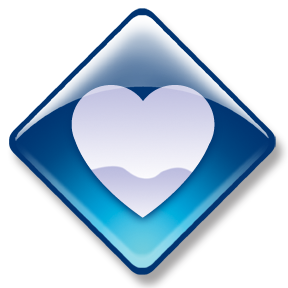
~~~~~~~~~~~~~~~~~~~~~~~~~~~~~~~
Additional reading, resources, references:
Fong Ha, J. and Longnecker, N. (2010). Doctor-Patient communication: A review; The Ochsner Journal (10) 1; p 38-43.
Haftel, Lypson, and Page (2008). Patient-Doctor communication: The fundamental skill of medical practice. Retrieved from: http://www.med.umich.edu/medstudents/curRes/cca/m4/docs/2009/Patient_Doctor_Comm.pdf
Ludwig, M. (2008). Physician – Patient relationship; Ethics In Medicine: University of Washington School of Medicine. Retrieved from: http://depts.washington.edu/bioethx/topics/physpt.html
National Institute of Health (NIH) (2013). Talking to your doctor: Resources from NIH. Retrieved from: http://www.nih.gov/clearcommunication/talktoyourdoctor.htm
White, C., Moyer, C., Stern, D., and Katz, S. (2004). A content analysis of e-mail communication between patients and their providers: Patients get the message; Journal American Medicine Informatics Association (11); p 260-267.
Thanks to Microsoft royalty-free clipart for the icons, the doctor and the dancers photo.





![Smile... there is always a way to find balance! [Photo by Wylan Werth]](https://images.squarespace-cdn.com/content/v1/55ec7242e4b01fb4a6f066c0/1489351395718-G3T6KPJUJ89N0XAS6IFV/image-asset.jpeg)







